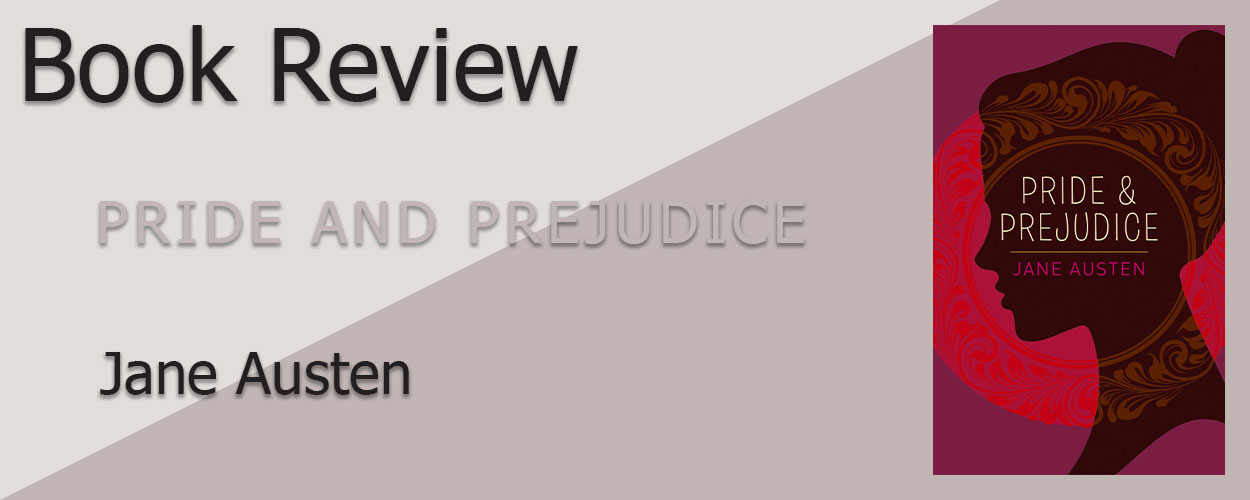

4.5 stars; I loved it
This is the second book of my recent Jane Austen binge, and I’m super excited to keep reading more of her work as a way to research (by immersion) for writing my own book.
Read: Oct 16 – Oct 19, 2024
Genre: Classic, Romance
Audience: General
Book contains: miscommunication, illness, greed
Purchase a copy from Amazon.ca
Mr. and Mrs. Bennet are in the business of finding a husband for each of their five daughters. It all starts when a new neighbour, Mr. Bingley, moves into town, bringing with him Mr. Darcy and a host of drama. Elizabeth Bennet immediately takes a disliking to Mr. Darcy.
Pride and Prejudice is probably Jane Austen’s most recognizable novel. It is another romance, one filled with strife and miscommunication and middle-class Victorian living, which I appreciate reading. It’s very similar to the other novels of hers that I’ve read, but I like how she’s able to make each of them so unique nonetheless.
The novel is told in third person mainly following Elizabeth Bennet, but like Austen’s other novels, doesn’t introduce the reader to the main character right away. It starts instead with introducing the setting and consequences of the novel: Mr. and Mrs. Bennet, and what they hope to achieve (the marriage of their daughters). From there, the novel continues in the style of the era; it is told chronologically and in sixty somewhat short chapters.
I read along to this book while listening to the Great Audiobooks version on Spotify, at 1.5 to 2x speed. Elizabeth Klett, who also read Jane Eyre, was an excellent reader.
Elizabeth Bennet is, in my opinion, the best daughter in the family, followed closely by her elder sister Jane. Her father was also a decent man, but I didn’t care much for her prideful mother or airheaded flirty younger sisters Kitty and Lydia. The direct middle sister, Mary, was mentioned so little that she hardly seemed like a character. On the flip side, the gentlemen of the tale were such a range. Mr. Bingley is immediately the most genial suitor, whereas Mr. Darcey comes across as haughty and unbothered. Other men come and go, but mostly serve as distractions or as ways to reflect or emphasize the main cast.
I highly admire Elizabeth’s sisterly companion ship with Jane. The two of them uplift one another in the way that sister’s ought. At no point do they argue or feel jealous of what the other has, unlike the tense relationship they have with their younger sisters. Lydia and Kitty (Catherine) are a great deal younger than the elder two, and they enjoy flirting; they don’t take the subject of marriage seriously even though they’re committed to marriage. It is shown throughout the novel (and especially at the end) that Lydia is careless, and as the youngest, was clearly spoiled rotten by her parents and thus never learned to handle her affairs properly. This is equally represented in her love life.
I love Austen’s writing style. It is Victorian in nature, and feminine focused, and while it still contains the skewed beliefs of the late 1800s, it is an enjoyable read for a contemporary lover of Victorian romance. The text is a bit wordier than most modern novels are, but it adds to the charm of the setting and story.
As I mentioned, it’s quite wordy, so it’s a slower read than more contemporary romances, but no scene is wasted. Each chapter was well placed and gave value to the building plot. I could even easily visualize the growing plot arc as it happened, with the climax taking place shortly after the middle of the novel and its fallout speedily running through to the end.
Lovers of Romance who haven’t stepped into the Classics should definitely give this book a try! It is a delight and something to look forward to.
Sense and Sensibility by Jane Austen
Pride and Prejudice by Jane Austen
Mansfield Park by Jane Austen
Emma by Jane Austen
Northanger Abbey by Jane Austen
Persuasion by Jane Austen
Villette by Charlotte Brontë
Wuthering Heights by Emily Brontë
Tigerpetal Press is a small book press dedicated to publishing local authors and poets.